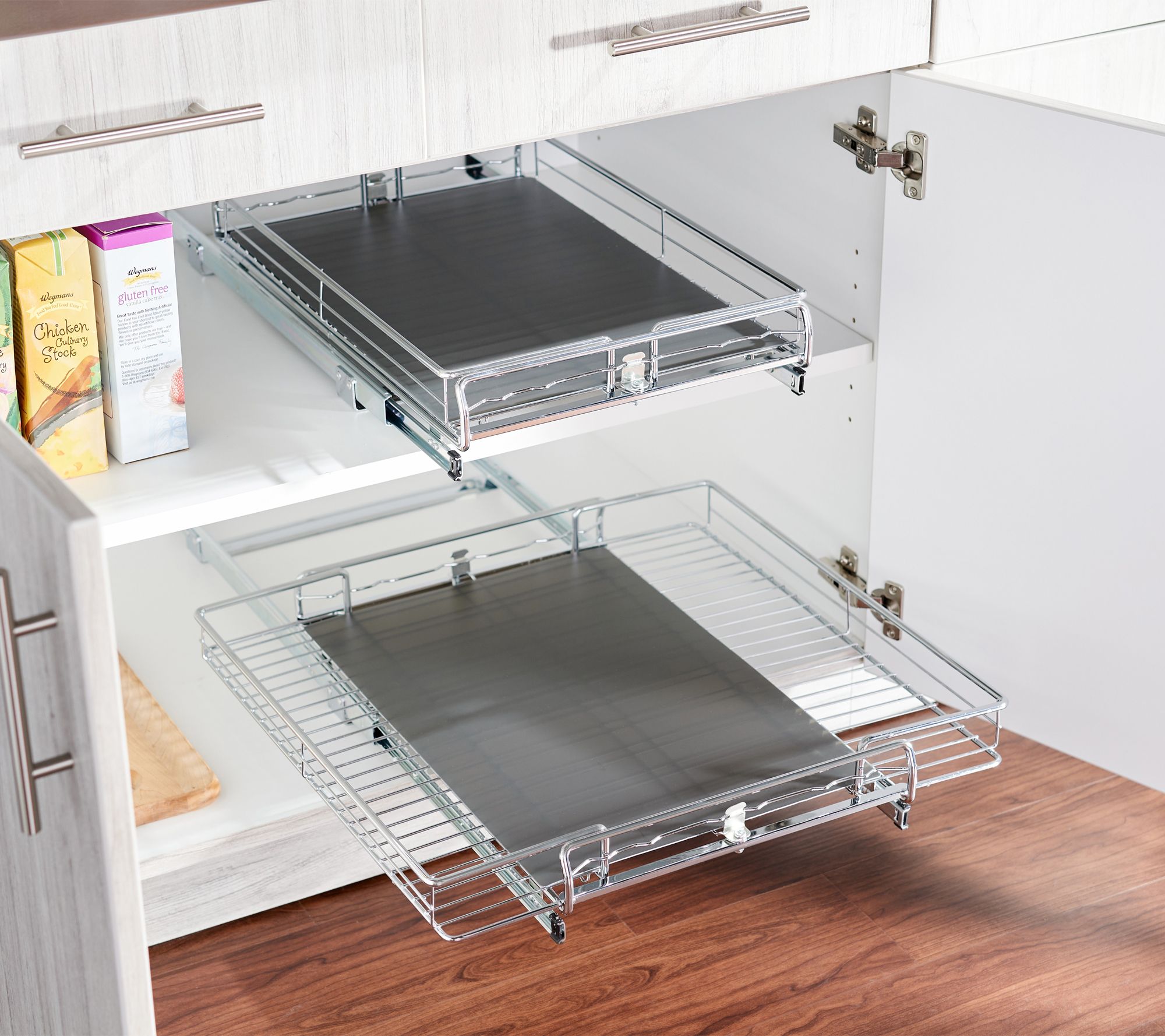Home Decorators Collection Merryfield 61 in. W x 22 in. D Bath Vanity in Dark Blue-Gray with Marble Vanity Top in Carrara White with White Basin
Vanity dimensions are 61 in. W x 22 in. D x 35 in. H. Includes top, backsplash, hardware and arrives fully assembled. FREE DELIVERY on all Home Decorators Collection Bathroom Vanities.
Restore beauty to your bathroom with the Merryfield 61 in. Bath Vanity in Dark Blue-Gray. A pristine Carrara white marble top and rectangular undermount sink top off the handsome cabinet, which features simple lines and subtle styling. Black finish hardware, solid wood frame, soft-close glides and hinges, and adjustable shelves speak to superior construction. Combine it with the matching mirror or mirror cabinet and linen tower to create an elegant ensemble.
- Overall dimensions are 61 in. W x 22 in. D x 35 in. H
- Constructed with durable poplar wood and MDF
- Includes matte black hardware
- 6 soft close drawers and 4 soft close doors
- Carrara white marble top with predrilled faucet holes
- cUPC certified white vitreous china undermount sink
- Adjustable height levelers
- Faucet not included
Additional information
| Assembled Depth x Height x Width (in.) | 22 x 35 x61 |
|---|---|
| Backsplash Height (in.) | 4 |
| Basin Depth x Height x Width (in.) | 7.7 x 15 x 18.1 |
| Cabinet Depth x Height x Width (in.) | 22 x 34.25 x 60 |
| Countertop Depth x Height x Width (in.) | 22 x 0.75 x 61 |
| Vanity Top Thickness (in.) | 0.75 |
| Manufacturer Warranty | One year limited warranty |






by Kirsten
This vanity is gorgeous and very well made!! It’s a true bright white which we wanted and are very happy with. I’m obsessed with the bottom drawer, perfect for hair dryers and styling tools. The cabinet is still plenty big too!
by Cougar
I choose this vanity without the sinks, so we could put a butcher block on top of it and use it in the kitchen. It came fully assembled and make note that it is very heavy. There are 6 drawers and 2 cabinets that we can use for storage and organization. The drawers are 4 1/4″ tall and the full space between drawers is 5 3/8″. The drawers and doors have slow close slides and hinges. It is painted a blue-grey color and the surface is smooth to the touch. It’s very sturdy and the open back is handy to access the wall outlet.
by Bette
This vanity is amazing, but be warned it is quite heavy so have help getting it into the house. the wooden base is very well made, the drawers and doors work really well, the finish was flawless, and the marble top and back splash set everything off. if you want a spa feeling to you bath this would definitely be the vanity to purchase. love the double sinks, no more fighting over the sink.
by Maloue
I have gotten the marble vanity top last week. The Carrara marble top with the white basin is attached to the cabinet. I love the deep color of the cabinet that gives a good contrast to my light gray powder room. The cabinet has a large soft closing drawer in the bottom that allows for more storage. This vanity also comes with a matching Carrara backsplash .
by Kate
I am very happy with the quality and style of this bathroom vanity. When researching other vanity’s I was under the impression that at the granite top would not be attached but this one comes pre attached. There are good and bad aspects of this. Good, I don’t have to buy the glue and affix the top. The bad, It makes it harder to install the base/ carry up and down stairs. This is obviously a high quality piece and a HUGE upgrade. Please pardon my photos as I had already removed the drawers and doors to reduce weight for installation.
by Suzanne
This is a beautiful bathroom vanity. The Finish is in a dark gray with bluish undertones. The vanity top is white marble and comes with a white rectangular sink. The back has an opening for your water pipes, however living in an older home our pipes came up through the floor so we had to make the adjustment and cut holes in the bottom. It has eight small drawers and one large drawer at the bottom. There is plenty of storage space.
by Amanda
Item is not dark blue gray. Item is dark gray. Box says dark gray. Part numbers match. There is no blue on this cabinet
by Pawel
Looks exactly the way it is seen in the photos.
by Mary
The overall quality is excellent and looks great in my new bathroom! Looks custom made for my space.
by Daniel
Pretty product, fair quality. Looks very pretty and the top is especially lovely. We added a shelf to the cabinet to optimize the space, would have been nice if one was included. The doors feel a little cheap and hallow sounding when they shut, also the bottom door soft close does not always close all the way.